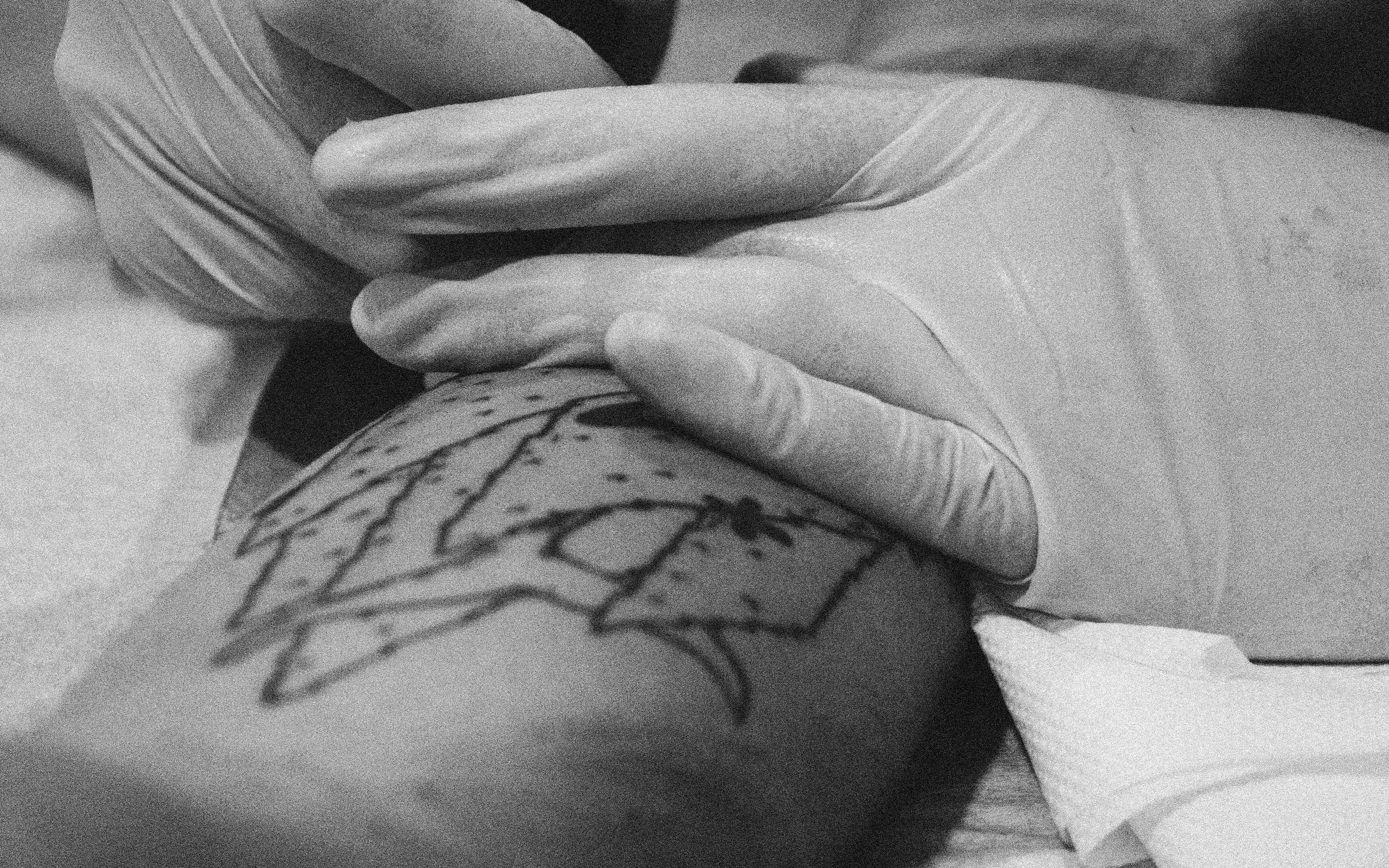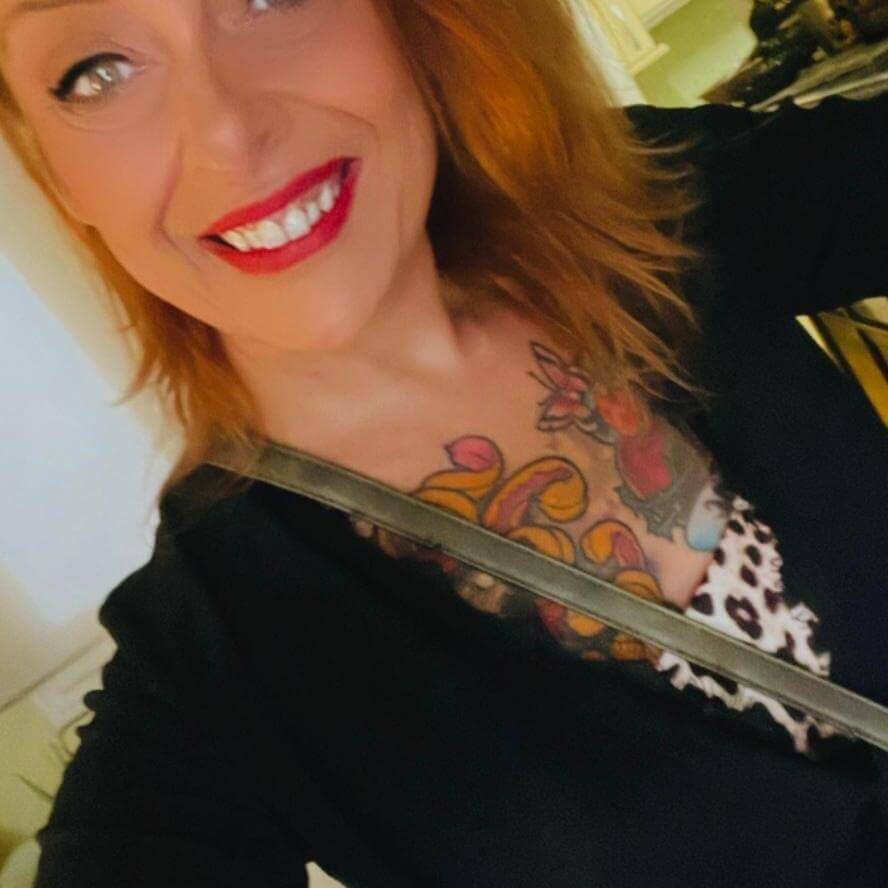
While tattooing has become a global art phenomenon, few know it's also fueling grassroots humanitarian efforts. Tattooists for Peace turns this modern art into a lifeline for those in crisis.
Pablo Picasso said: "Art shakes the dust of everyday life from the soul." But sometimes, art goes even further: it shakes consciences, awakens commitment, and becomes a tool for social transformation. That's precisely what Tattooists for Peace, an association of tattoo artists who have decided to turn creativity into action and ink into solidarity, seek.
In a world where millions of people see their most basic rights violated—the right to education, to a dignified life, to childhood, to equality—talking about art can seem almost like a luxury. However, it can be a powerful tool for change. Thus was born this association of artists who, more than seven years ago, decided to use their talent as a vehicle for solidarity.
Tattooists for Peace works on the ground in Tripoli, northern Lebanon, supporting Syrian refugee communities living in extremely precarious conditions. In this sense, our association's work is fully aligned with the principles that defend social rights: equal opportunities, universal access to education, attention to diversity, and a holistic approach that recognizes the dignity of all people.
Beyond needles and ink, these artists have decided to look through their pencils, brushes, or tattoo machines to see a world that hurts and, instead of turning away, take action.
Art is also language, message, and transformation. When combined with empathy and a desire to contribute, it becomes a direct channel for reaching people, touching consciences, and generating change. Solidarity artistic initiatives like Tattooists for Peace are living proof of this: projects born from creative sensitivity, but which become true acts of social justice.
For these artists, tattoos can be a symbol of identity, of achievement, of memory… but they can also be transformed into direct aid for a refugee child, medicine for a displaced woman, education for those without. Through their art, they channel resources, generate visibility, and build bridges between very different realities.
The importance of these initiatives lies precisely in their ability to connect worlds. Thanks to these artists' connection to all kinds of people—regardless of ideology, origin, or social class—they make distant stories feel close. In environments where these issues seem alien or distant, art emerges as a message that challenges, moves, and mobilizes.
Thanks to their work, we've been able to build a small school in one of the refugee camps we manage. We offer classes to children and women, distribute food and medicine, and have even developed a sports program to instill team values and hope. All of this is possible thanks to the efforts and generosity of these artists, who have decided to join forces for something bigger.
This initiative demonstrates that creativity can be activism, and that beauty is also found in the act of helping others. In times of ego and exhibitionism, choosing the path of solidarity through art is almost revolutionary.
And art, when placed at the service of others, acquires a different power. It reaches where political speeches and advertising campaigns cannot. It touches the soul. And in that intimate contact between creator and viewer, between artist and community, true change is born.



Add new comment